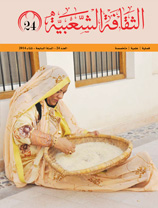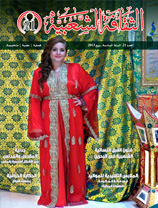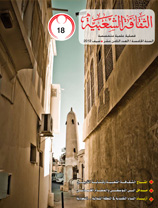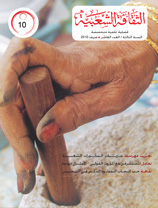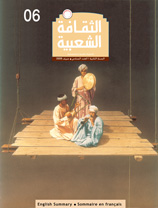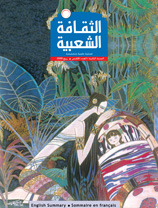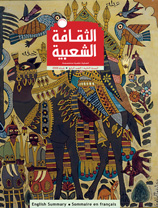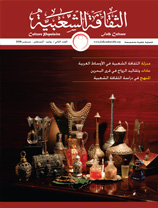An Introduction to the Music of the Pentatonic Scale
Issue 18
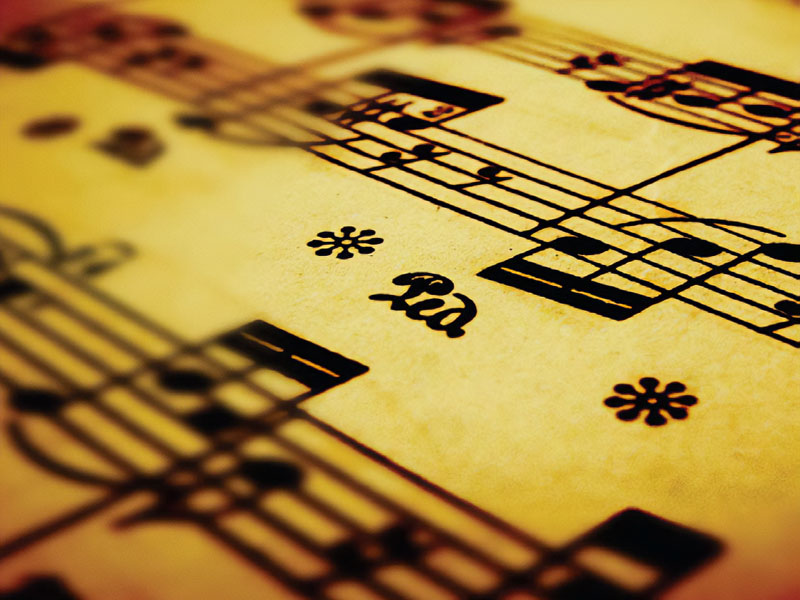
Mohamed Blouch(Morocco)
In contrast to the diatonic scale, the pentatonic scale is formed of five notes: Do, Re, Mi, Sol, La (then Do flat). Although it has twooctaves less than the diatonic scale, this does not break the melodies or create a sense of loss in the pentatonic scale

Pentatonic scales can be major or minor depending on the third octave, whether 1.5 or 2. The fifth octave is also very important as it forms the core of the pentatonic scale; the pentatonic scale applies the ‘circles of fifths’ to create variation in tonality.
The principle of the ‘circles of fifths’ goes back to Pythagoras (sixth century BC) according to some references, however it was known and played in many ancient civilizations before its musical notes were written and before it was studied and analyzed.
It is not an accepted approach to attribute the pentatonic scale to a particular era, civilization or region because we can trace it in the music of many ancient civilizations, including the Sumerian, Pharaonic, Chinese and Japanese. Today we find it very popular in traditional Moroccan (Berber) music, especially in the south of Morocco, where it has three names: Ashalahi, Aknaw or Imakkal.
The pentatonic scale is common to popular music in most regions of the world; it extends to African, South East Asian, Eastern European and Greek music and is used in some of the Arab maqams (melodic modes) and classical American music.
In the Arab world, it is played in Morocco, Yemen and the Gulf countries in different maqams, such as Thayli and Iraq maqams in Tunisia and Libya, Isfahan and Ushaq in Morocco, and Al Nawa, Raml Al Thayl, Rust Al Thayl and Al Mazmum, which are common to the Arab world.
The pentatonic scale is very common in Asian countries including China, Japan, Korea, Mongolia, Birmania, Thailand, Laos, Cambodia, Vietnam, Malaysia, Indonesia, the Philippines and India. It is also often found in European and American music and songs, as well as in the music and songs of the Eastern European Gypsies. It has been used by great composers such as Claude-Achille Debussy, and Antonín Leopold Dvořák in his ninth symphony and his Sonatina for violin and piano.
The pentatonic scale, major and minor, was brought to America from Africa in the 15th century and it became very popular in Blues and Jazz. Later, it significantly impacted Indie blues, pop, and rock and roll.
















































